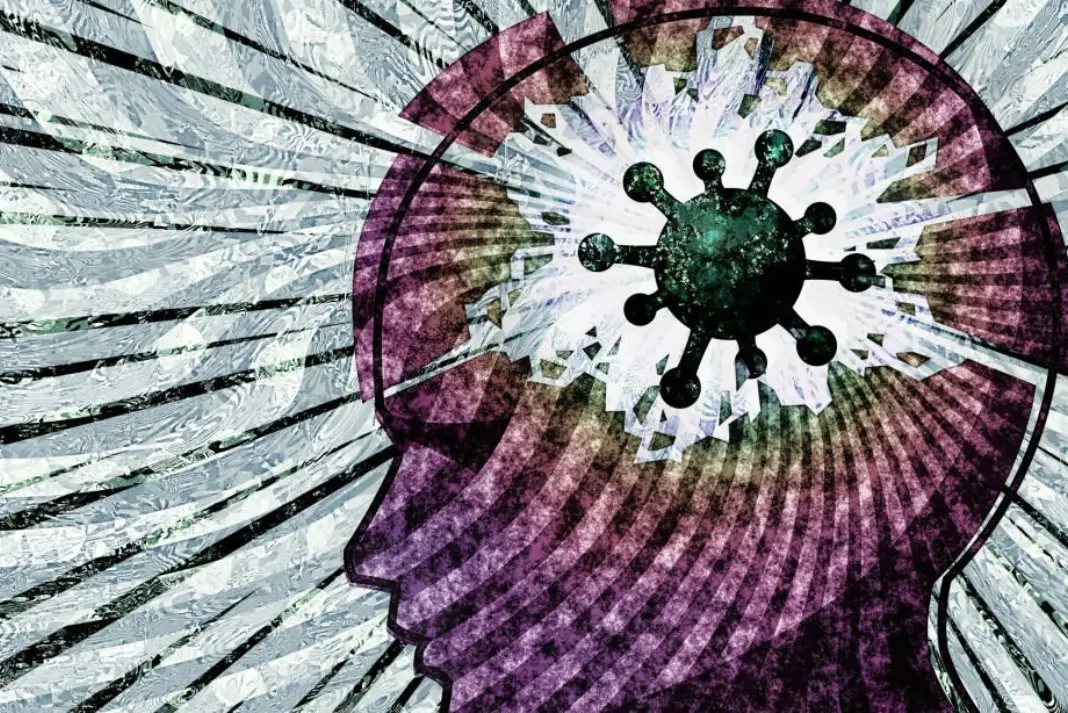The COVID-19 pandemic that shocked the whole world in 2020 is one of the worst tragedies of the 21st century. Millions of lives were lost because of the deadly virus. The repetitive cycles of lockdowns, restrictions, stress, worry, and loss affected the lives of every person on this planet.
The effects of the pandemic have been harsh on people’s mental health in particular. Rates of depression and anxiety saw a significant spike compared to the numbers before the pandemic hit.
But as they always say, there is always a silver lining even in the worst of situations. The sufferings that society shared because of the pandemic also spurred some positive changes in how people talk about and understand mental health and its importance.
The pandemic has eliminated the stigma associated with discussions of mental health, with virtual or online therapy gaining remarkable popularity. These days, all you need is a smartphone or computer to connect with a therapist who can help you out.
Due to the pandemic, reaching out to people has also become easier than ever. Here are some of the ways that the pandemic brought about a major shift in the field of mental health care.
Table of Contents
It Uncovered Equity Gaps
The pandemic clearly showed that more work is required to help underserved groups, such as LGBTQ+ members and people of color.
People of color have long been facing difficulties when it comes to getting mental health treatments even before the pandemic. LGBTQ+ members also suffered from more serious mental health effects because of the pandemic compared to those who don’t belong to the community.
Rising concerns about social justice and racial issues have also been discovered as the main sources of stress.
Throughout the pandemic, these equity gaps have finally been uncovered, and will hopefully continue to be addressed soon.
It Emphasized the Mental Health Crisis Among Children and Teens
Many teens and children were already dealing with depression and anxiety even before the COVID-19 pandemic. Half of the cases of mental illnesses start at an early age of 14. Millions of teens and children live with mental health disorders.
Death by suicide also increased among the youth from 2007 through 2018. When COVID-19 hit, the crisis has become even more colossal. Experts even declared an emergency in the mental health of young people.
In response to the problem, local, state, and federal governments have started to take the necessary steps to help the youth. Some recommendations include the improvement of mental health care services for the youth, supporting caregivers, and understanding the effects of social media on young people.
More Convenient Therapy Options
There is now an increasing demand for therapy. Since the start of the pandemic, psychologists reported more and more patients seeking help for depression and anxiety.
Unfortunately, the number of therapists was a bit low, resulting in long waits before they get a chance to talk to a therapist. Telehealth provides patients a chance to receive virtual care via video, phone, or chat. The option to see a provider via a virtual visit improves the access of patients to professional and convenient treatment.
As the pandemic raised awareness of different mental health problems, hopefully, people will start to break free from the stigma and feel more confident about talking about sharing their experiences.


